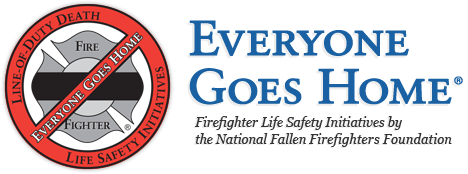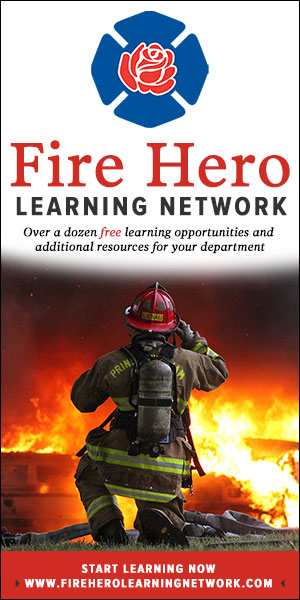These are all well-known – and effective – public safety slogans designed to get more Americans to use their seatbelts all the time. According to the National Highway Traffic Safety Administration (NHTSA), nearly 88 percent of Americans say they use their seatbelts in their cars.
Until recently, however, the fire service has lagged behind in achieving this compliance record. The National Fire Protection Association (NFPA) recently reported that vehicular crashes in 2014 – both to and from fires and other incidents – declined. While crashes are the second leading cause of line-of-duty deaths, and 2014 could have been an unusual year, could we be on the way to seeing steady improvements?
To help encourage more individuals and departments to use their seatbelts at all times, the National Fallen Firefighters Foundation (NFFF) has revamped the International First Responder Seatbelt Pledge website, making it easier than ever to use.
“The look and feel of this new website, plus its increased ease of use will improve this already effective program,” says the Executive Director of the National Fallen Firefighters Foundation, Chief Ronald J. Siarnicki.
According to Siarnicki, the NFFF believes in the International First Responder Seatbelt Pledge to such a degree that it set aside grant funding from its 2014 Fire Act Grant award to fully automate the online experience and its functionality. Highlights of the new site and program include:
(one of whom was not ejected).”
NFPA, Firefighter Fatalities in the United States – 2014
- Departments are no longer bound to the 100% compliance rate. Enrollment rates will be recognized with Bronze-Silver-Gold and Platinum award levels and can change with department growth.
- The system is completely automated for those who wish to begin a seatbelt campaign in their departments. It’s easier to understand, easier to register members for each campaign.
- Individuals can take the pledge, or they can be part of “campaigns” at the department or lower level (crew, recruit class, safety class, etc.)
- All those who begin or register with a campaign will have an account with their own landing page. This is especially useful for those who may move from one department to another, or who need to check if they are indeed signed up.
- Certificates are instantaneously available—format is scalable from desk display size to larger wall-mounted certificates.
- Users will be able to see immediately where they stand in terms of their region or state enrollments.
Why this emphasis on improving a program that is already working? “Because firefighters continue to die needlessly in vehicle crashes,” notes Victor Stagnaro, Director of Fire Service Programs for the Everyone Goes Home Program®. “We are disheartened when we are informed that a firefighter has been injured or killed by being ejected from their rigs or personal vehicles, when we know this could have been avoided if they had just taken a few seconds to fasten their seatbelts.
“And what’s even more shocking,” he continued, “is when we realize that these same individuals buckle up in their own cars as they go about driving themselves and their families.”
The NFFF urges every firefighter to read and take the seatbelt pledge. Go to www.seatbeltpledge.com today.



